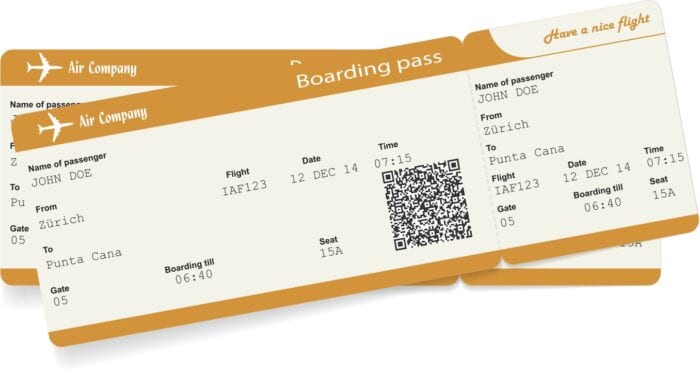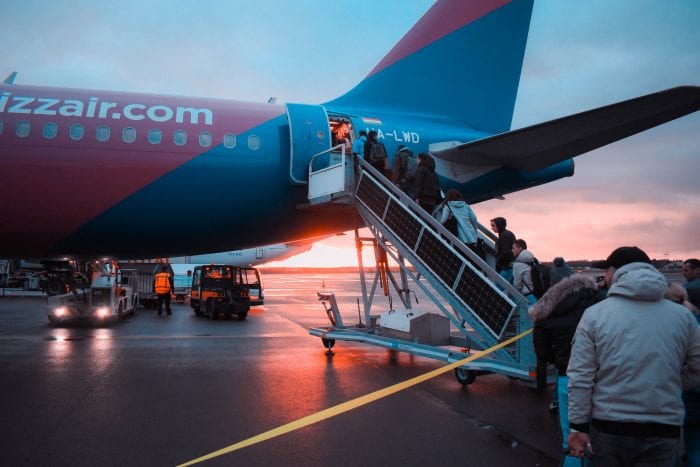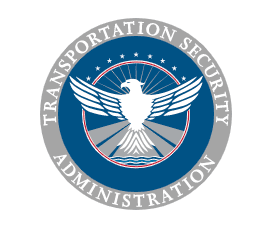Here’s The New TSA Guidelines For Airport Travel
Flying used to be so easy. Those were the days. First 9-11 changed the face of flying FOREVER, and now we are about to see even more changes at those TSA lines in the airport.

Luckily, people are again starting to fly. I have several friends who work for a major airline, and they were on the brink of panic about the fact that people simply were NOT flying anymore.

Since airports are now becoming more active, TSA has been working to come up with new practices that will make it safer for EVERYONE to again take to the skies.

First of all, this isn’t really a TSA thing as much as an airlines thing — masks or other face coverings are required on nearly all flights, no matter how long or short that flight may be.

The TSA experience, itself, is now going to be as much a no-contact sport as humanly possible.
They have set out new protocols for security lines, that are going to take effect by mid june, although you will probably see that they are already implementing most of these.

People will now keep possession of their boarding passes. Previously, you would hand your boarding pass to the TSA agent, they would scan the pass, and then inspect it.

NOW, you will scan your own pass, and then hold up that pass for the TSA agent to examine. This eliminates the need for cross contamination due to too many hands touching your boarding pass.

If you are bringing food items with you onboard the plane, you will be required to have all food items in separate lunch style baggies. These baggies will go in a separate security bin, to be scanned in the x-ray system.

Food in carry-on bags often triggers an alarm, or a security problem. The TSA agent then has to dig through your carry-on item, to examine the food. By having it separate in a bin, this means TSA won’t have to dig through your bag.

Each individual will be allowed to carry ONE hand sanitizer with them in their carry-on baggage. This hand sanitizer must be 12 ounces or less, and it will be scanned at security.

If you have prohibited items in your carry-on, you may be asked to go back outside of security, and dispose of them. In the past, TSA would just take them out of your luggage, and get rid of them, but they are trying to not touch your things as much as possible.

All airports are a bit different, so safety measures as far as social distancing will look a little different depending where you are. BUT, in general, there are going to be visual reminders to help you remember to keep a distance from the person in front of and behind you.

Travelers who have not flown since the pandemic are also likely to notice some other changes. They include:
Reduced security lane usage due to the reduction in passenger volume.
TSA
All TSA officers at checkpoints wearing masks and gloves.
TSA officers optionally wearing eye protection and clear plastic face shields at some locations.
TSA officers will continue the practice of changing gloves after each pat-down.
Plastic shielding installed at many travel document checking podiums, divest, bag search and drop off locations.
TSA officers practicing social distancing.
Routine cleaning and disinfecting of frequently touched surfaces in the screening checkpoint area.

There may be other safety measures outlined by your chosen airline. Make sure and know before you go, so you aren’t now inadvertently breaking any rules. Just a simple phone call, if you have a question for your airline, is always okay.








